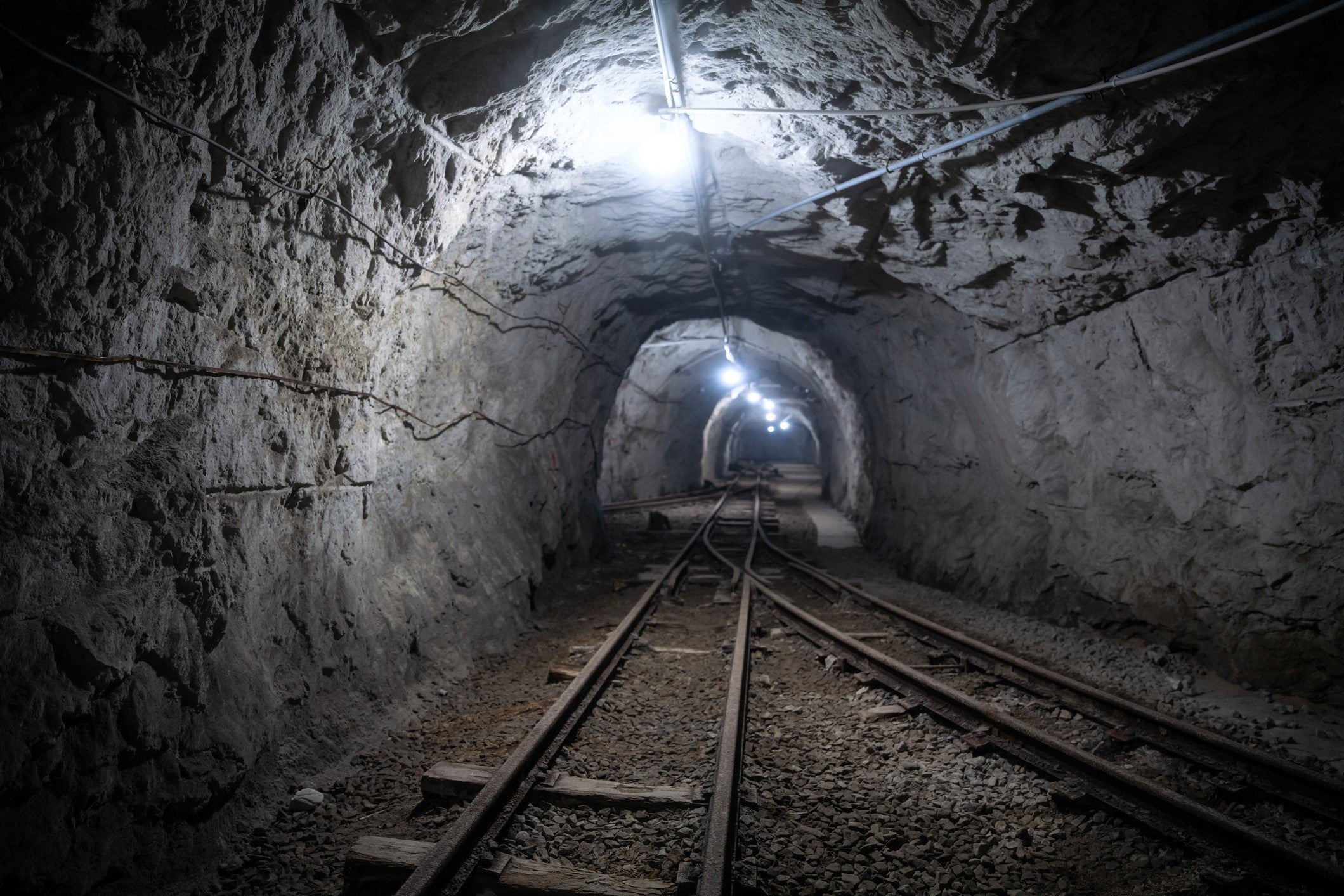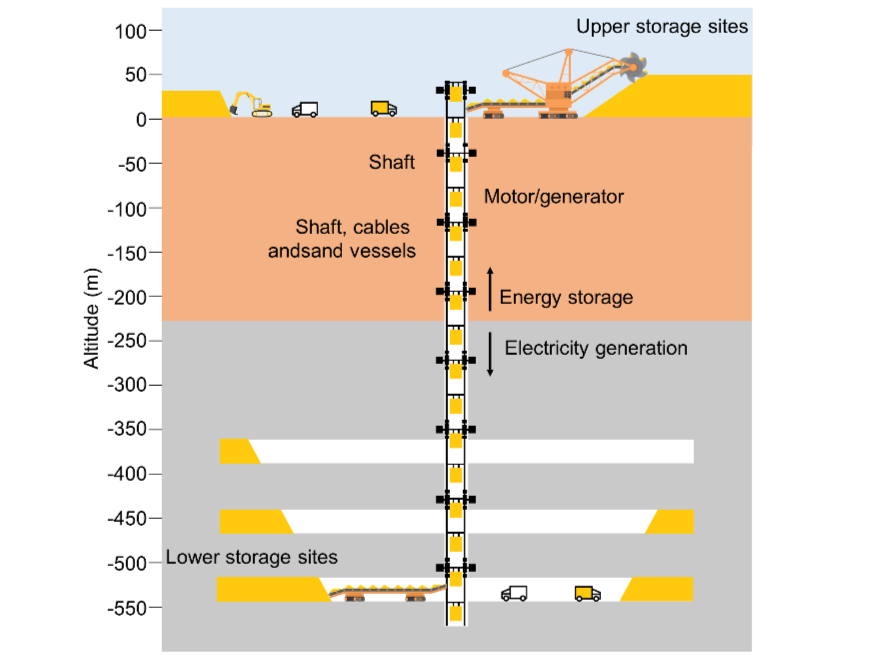Europe’s deepest mine to become giant gravity battery
Estimates suggest abandoned mine shafts could store enough electricity to power the planet
Your support helps us to tell the story
This election is still a dead heat, according to most polls. In a fight with such wafer-thin margins, we need reporters on the ground talking to the people Trump and Harris are courting. Your support allows us to keep sending journalists to the story.
The Independent is trusted by 27 million Americans from across the entire political spectrum every month. Unlike many other quality news outlets, we choose not to lock you out of our reporting and analysis with paywalls. But quality journalism must still be paid for.
Help us keep bring these critical stories to light. Your support makes all the difference.
An abandoned mine in Finland is set to be transformed into a giant battery to store renewable energy during periods of excess production.
The Pyhäsalmi Mine, roughly 450 kilometres north of Helsinki, is Europe’s deepest zinc and copper mine and holds the potential to store up to 2 MW of energy within its 1,400-metre-deep shafts.
The disused mine will be fitted with a gravity battery, which uses excess energy from renewable sources like solar and wind in order to lift a heavy weight. During periods of low production, the weight is released and used to power a turbine as it drops.

The gravity battery system has been developed by Scottish firm Gravitricity, which plans to use the Finnish mine as a full-scale prototype to demonstrate the technology.
“This project will demonstrate at full scale how our technology can offer reliable long-life energy storage that can capture and store energy during periods of low demand and release it rapidly when required,” said Martin Wright, an executive chairman at Gravitricity.
“This full-scale project will provide a pathway to other commercial projects and allow our solution to be embedded into mine decommissioning activities, offering a potential future for mines approaching the end of their original service life.”

A study last year by the International Institute for Applied Systems Analysis (IIASA) estimated that gravity batteries in abandoned underground mines could store up to 70TWh of energy – enough to meet global electricity demands.
The repurposed mines could also provide economic benefits to the communities that previously relied on the mine for their livelihoods.
The IIASA analysts noted that mines already have the basic infrastructure for such an endeavour, while also being connected to the power grid.
“This significantly reduces the cost and facilities for the implementation of Underground Gravity Energy Storage (UGES) plants,” the study noted.
The Pyhäsalmi Mine was decommissioned in 2022, with Graviticity claiming that 600 direct and indirect jobs were impacted. Other initiatives being explored for the site include a solar farm.
“As the world generates more electricity from intermittent renewable energy sources, there is a growing need for technologies which can capture and store energy during periods of low demand and release it rapidly when required” Gravitricity’s website states.
“We are developing innovative, long-life, underground technologies which store energy safely and deliver it on demand at a lower lifetime cost than current alternatives.”
Read More: Solar panels




Join our commenting forum
Join thought-provoking conversations, follow other Independent readers and see their replies
Comments